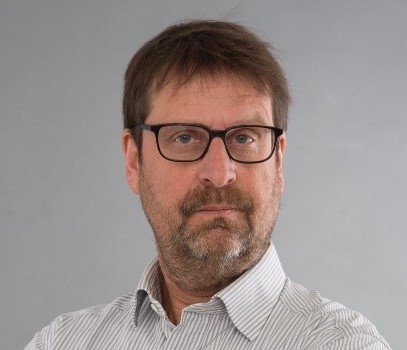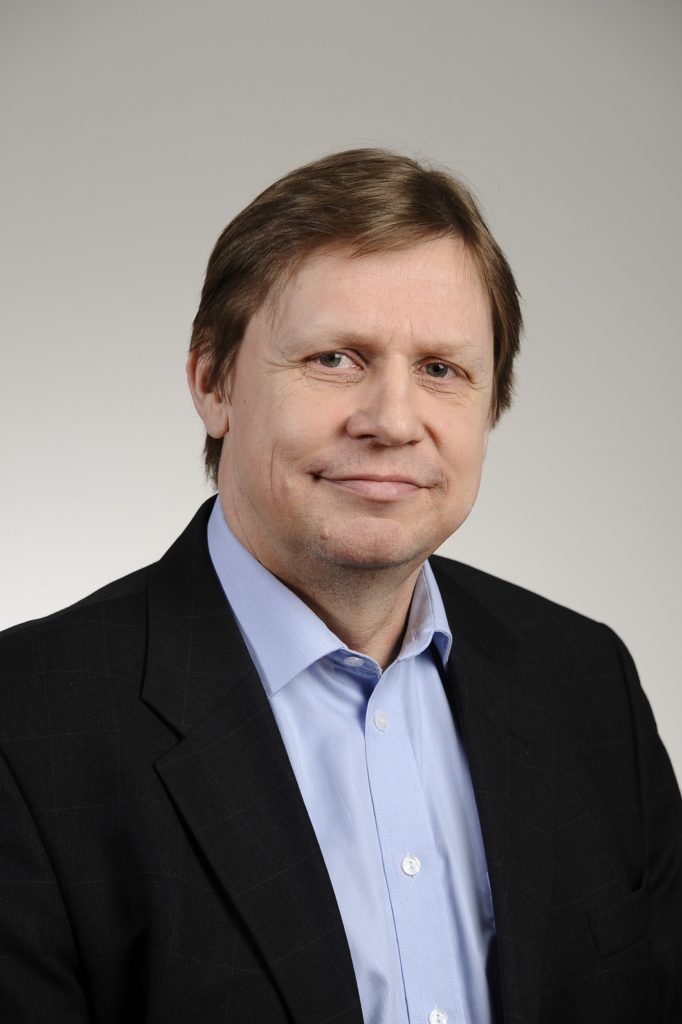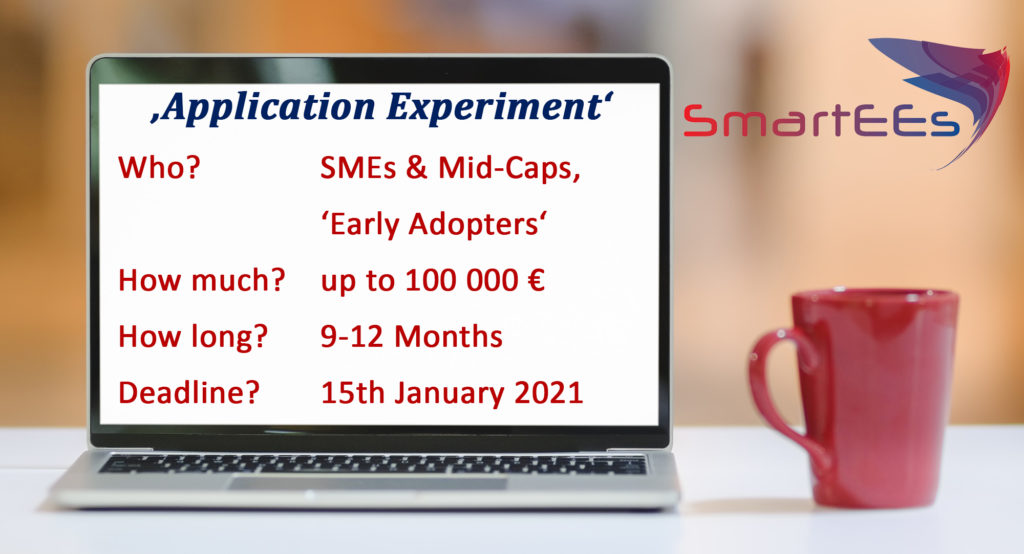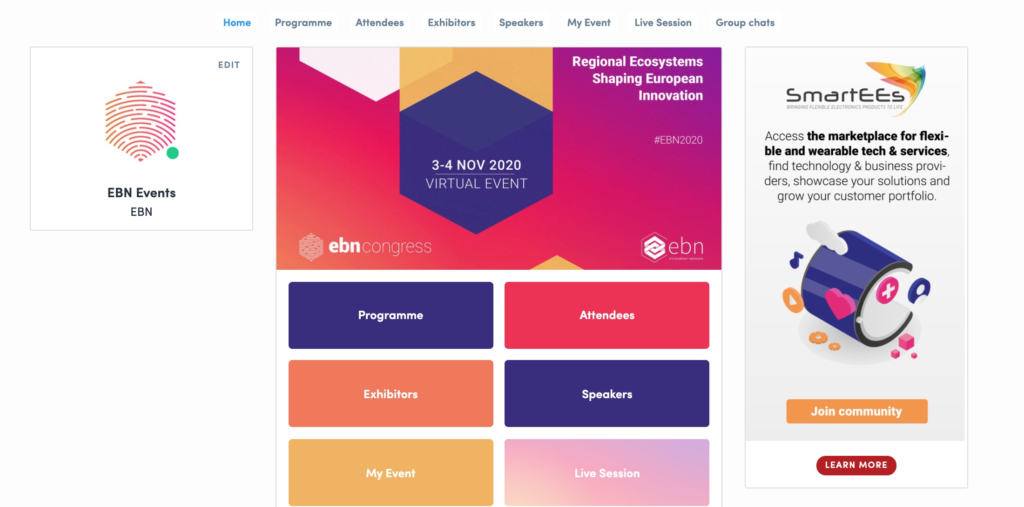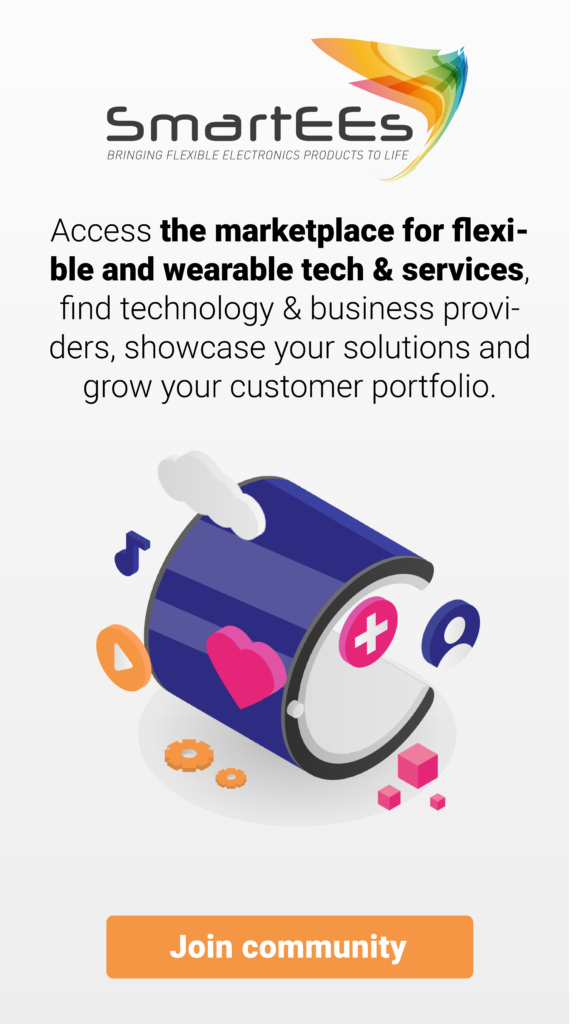- Now that the SmartEEs project is coming to an end, looking back at the past three years, as a coordinator, what can you tell us about your experience with the SmartEEs project?
SmartEEs has been a brand new experience for all of us turning our diverse and complementary competences and technologies into a consolidated portfolio of services, offering support to the industry in a quite new and efficient manner through open calls and application experiments.
- What about the SmartEEs consortium? How good was the cooperation among partners and the team spirit?
SmartEEs consortium built upon a core of seven research organisations and one business development partner having a long and rich track record on collaborating in H2020 and previous framework programs. Two other business development and network partners completed the team, enriching the business competences of the consortium and better balancing tech and non tech services to be offered to SMEs and Midcap companies. The cooperation worked out straightaway, simply, and efficiently, stimulating each other in providing integrated and seamless services to the companies selected and supported by SmartEEs.
- If you think about the SmartEEs plan and targets, how successful were you in achieving them? And what is the feedback from the European Commission?
SmartEEs objectives were ambitious in the sense that we were really starting from scratch with the commitment to design new services for technology experimentation, launch & operate a one-stop-shop, set an open call process, communicate & disseminate widely in Europe to outreach and engage a sufficient number of innovative companies and to prepare the sustainability of the overall service beyond the project funding. The EC has been fully supportive all along this project constantly encouraging us but also supporting us when lacking visibility or when facing uncertainties in our action.
- What are the major achievements of the SmartEEs project that you are most proud of?
As major achievements, one may highlight the successful launch of the one-stop-shop, the engagement of 20 innovative companies through the open call, their experimentation of TOLAE technologies and the production of 20 product prototypes and associated exploitation plans, and finally a relatively clear vision on how to proceed to make the SmartEEs service sustainable.
- What were the major challenges of the SmartEEs project that caused you the biggest headaches? And how did you resolve them?
For sure we had challenges, but fortunately no headaches. One challenge was and remains to ensure the best match between what the early adopter is expecting from the technology (in terms of product functionality and value) and what the technology can actually deliver. Short feasibility study is one way to narrow this gap, searching for and assigning the most suitable technology and supplier is another.
- We know that 20 Innovative Companies were selected through the 5 cut-off dates of the SmartEEs Call for Application Experiments, but what can you tell about the applicants and evaluation and selection process? How effective was your outreach campaign?
With a total of 101 applicants and 20 Innovative Companies selected following the 5 cut-off dates we consider ourselves successful in rising awareness about our program and benefits it offered and achieving our foreseen targets. From the very beginning of the SmartEEs project, we established a comprehensive outreach campaign and processes for the evaluation and selection of submitted application experiments which proved to be efficient with small adaptations during the SmartEEs project.
One of the unforeseen risks regarded the profile of most applicants submitting proposals for the first cut-off date which was not fully matching the expected profile of an end-product supplier integrating SmartEEs technologies. It was noticed that applicants had not fully understood the actual nature of the offered SmartEEs support (i.e. prototyping, instead of their own technology pushing), thus impacting the relevancy and adequacy of the proposals.
As a mitigation measure, it was agreed to improve the text of the Call for AEs by including more clear and specific instructions to applicants (inviting applicants to contact the Helpdesk before applying, adding detailed explanations of the nature of the support, mentioning that SmartEEs supports only one prototype per AE, etc.). In addition, all interested parties were suggested to contact the Helpdesk for a feasibility/technical check of their idea to make sure that it fits the scope of the Call and possibilities of the SmartEEs technologies.
Finally, the outreach campaign was intensified employing different communication channels, such as website, social media, newsletters, webinars and webmeetings, email campaigns, clustering with OE-A & AFELIM associations, etc. Particularly successful were the workshops SmartEEs partners organized for SMEs and Mid-caps and participation in conferences and other large public events.
- Selected Innovative Companies were all given technical and business support in their ‘’experimenting’’ with the flexible electronics technologies. To which extents has the SmartEEs project eventually benefitted those 20 companies, and ultimately the EU industry?
Feedback was collected, as a survey, from the 20 companies on their SmartEEs experience. Generally, companies were really satisfied by the concept and implementation of the SmartEEs Digital Innovation Hub, even though some space for improving our service was identified here and there. But nothing really critical that cannot be improved in the next action. So yes, companies were actually accelerated towards their integration of digital technologies inside their product, process and/or business model. However, the level of business maturity differs from case to case, some companies being close to their new business and others facing real roadblocks. We’ll follow up these companies informally beyond the project as these companies are now part of our community and of easy access to us and keep on advising them whenever relevant.
- Can you tell us something about the sustainability of the SmartEEs project? What comes after?
A SmartEEs2 proposal was submitted under the H2020 DT-ICT-01-2019 call, which was positively evaluated and granted. SmartEEs2 is a logical follow-up action, part of our overall sustainability vision that will take us one major step forward towards a fully inclusive community and ecosystem.
- As coordinator of SmartEEs2, can you tell us something more about it? How similar / different it is compared to the SmartEEs project?
SmartEEs2 is pushing the envelope further pursuing the action along the same line but widening the service base sourcing third party services, activating regional networks & their members, planning the support of 47 Application Experiments with a total financial support to third party (FSTP) companies of 2.9 M€ and accelerating the sustainability plan towards the creation of an association.
- What are the opportunities for companies interested in flexible and wearable electronics (FWE)?
Interested companies can apply to one of the following two topics:
- EXPERIMENTING AND TESTING END-PRODUCT IDEAS WITH FWE TECHNOLOGIES: the types of activities that qualify for receiving support have to be related to industrial and societal adoption of new digital products, services and business models enabled by Flexible and Wearable electronics.
- SUPPORT TO MANUFACTURING OF FWE BASED END-PRODUCTS INCLUDING UPSCALING: the types of activities that qualify for receiving support have to be related to the FWE related manufacturing technologies.
- Thank you for your time. What would be your message to our readers and other interested parties?
We are calling for candidates to run Application Experiments, but we are also growing up our public/private community of stakeholders around the topic of flexible & wearable electronics. This community is structured and animated inside our Marketplace and each one will find its interest there searching for technology providers, users, investors, etc. So, the message to our readers is clearly to spread the word around in order to bring wide awareness about SmartEEs opportunities and promote its uptake!
